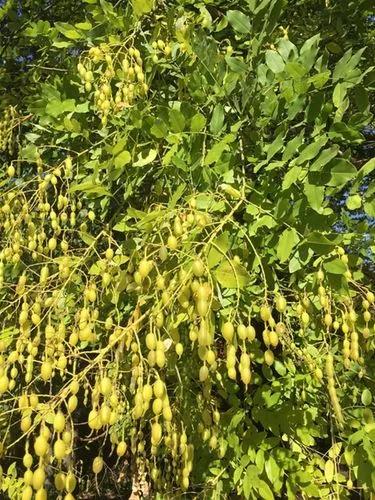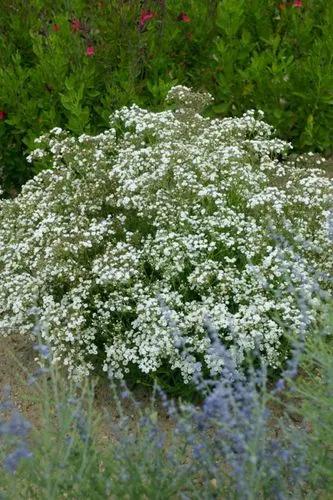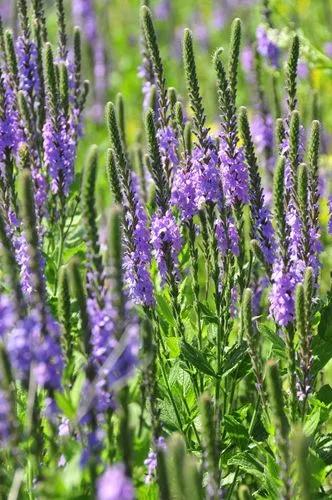Like all morning glories, the plant entwines itself around structures, growing to a height of 2–3 m (6 ft 7 in–9 ft 10 in) tall. The leaves are heart-shaped and the stems are covered with brown hairs. The flowers are trumpet-shaped, predominantly blue to purple or white, and 3–6 cm (1.2–2.4 in) in diameter.
Ipomoea Purpurea Care
Ipomoea Purpurea



How to Care for the Plant

Water

Ipomoea must be watered often, especially in case of elevated temperature.
Mulch along the foot of it will help keep the moisture in after having watered, and thus reduces the frequency that you’ll need to do it.

Pruning

It doesn’t need any pruning because ipomoea only lives for a year.
If however it starts spreading too far, you can simply cut off a few stems whenever you feel it needs to be reduced.

Fertilizer

Any normal garden soil will do; use a nitrogen fertiliser to promote flower development. ... This common morning glory is resistant to cold weather and drought and will flower in any condition. It is also suitable for 'container culture' (being planted in pots).

Soil

Fill the pot up with flower plant soil mix.
Water as soon as the surface soil is dry without flooding the plant.
Temperature

Germination temperature: 65 F to 85 F.

Additional

Toxic to:
Toxic toCatsToxic toDogs
The precise management measures adopted for any plant invasion will depend upon factors such as the terrain, the cost and availability of labour, the severity of the infestation and the presence of other invasive species. Some components of an integrated management approach are introduced below.The best form of invasive species management is prevention. If prevention is no longer possible, it is best to treat the weed infestations when they are small to prevent them from establishing (early detection and rapid response). Controlling the weed before it seeds will reduce future problems. Control is generally best applied to the least infested areas before dense infestations are tackled. Consistent follow-up work is required for sustainable management.
Plants can be hand pulled and the roots dug out roots (all year round). Roots can be buried deeply and the remaining plant material left to rot down on site.
Plants can be cut down and stumps painted with a suitable herbicide. When using any herbicide always read the label first and follow all instructions and safety requirements. If in doubt consult an expert.

Popularity

3,530 people already have this plant 484 people have added this plant to their wishlists
Discover more plants with the list below
Popular articles






